Tips & Guides
How to Photograph the Moon
Capturing the Moon with a camera is one of the most satisfying – and challenging – projects available to an outdoor photographer. Here are some suggestions for making the most of a moonlit night with your camera.
Learn More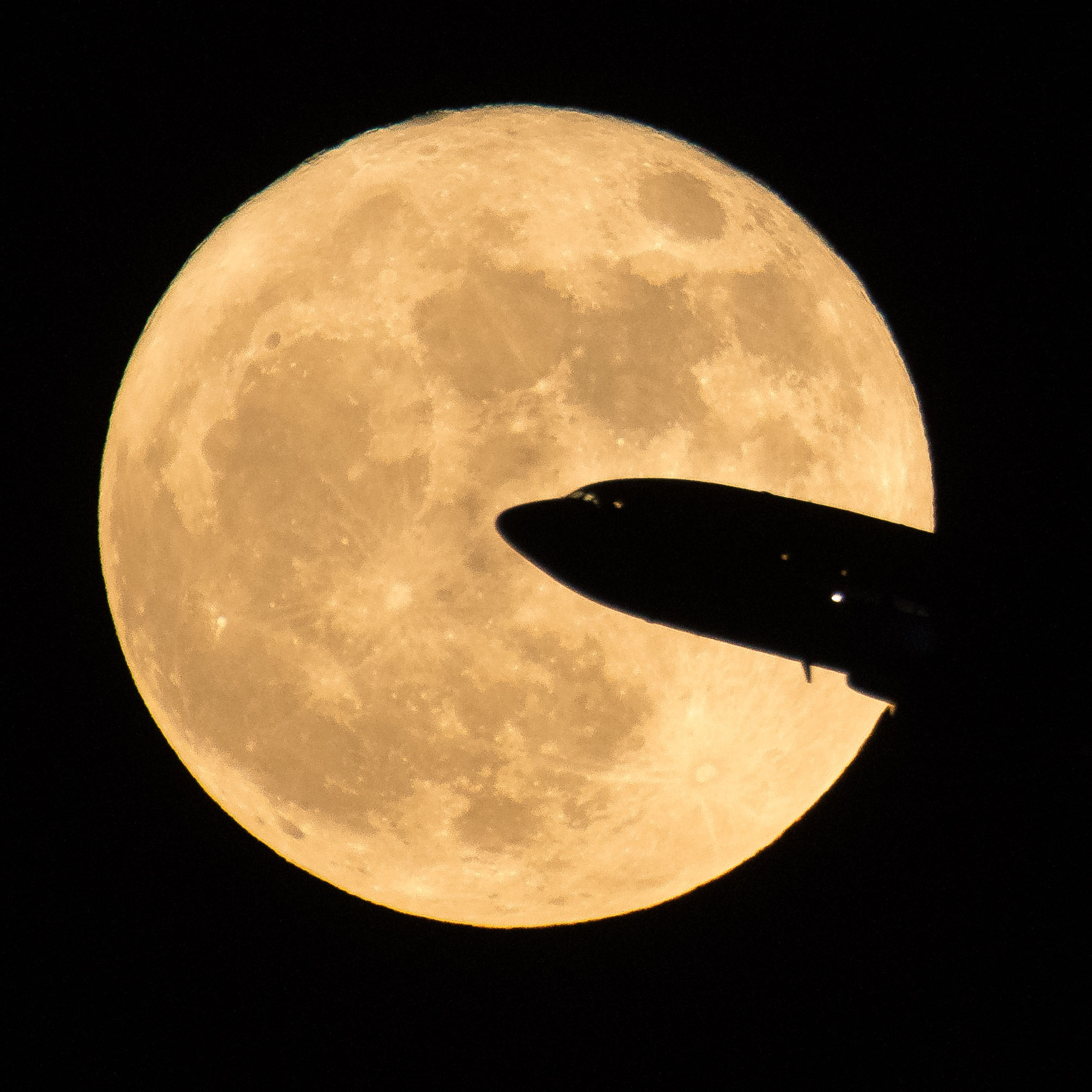
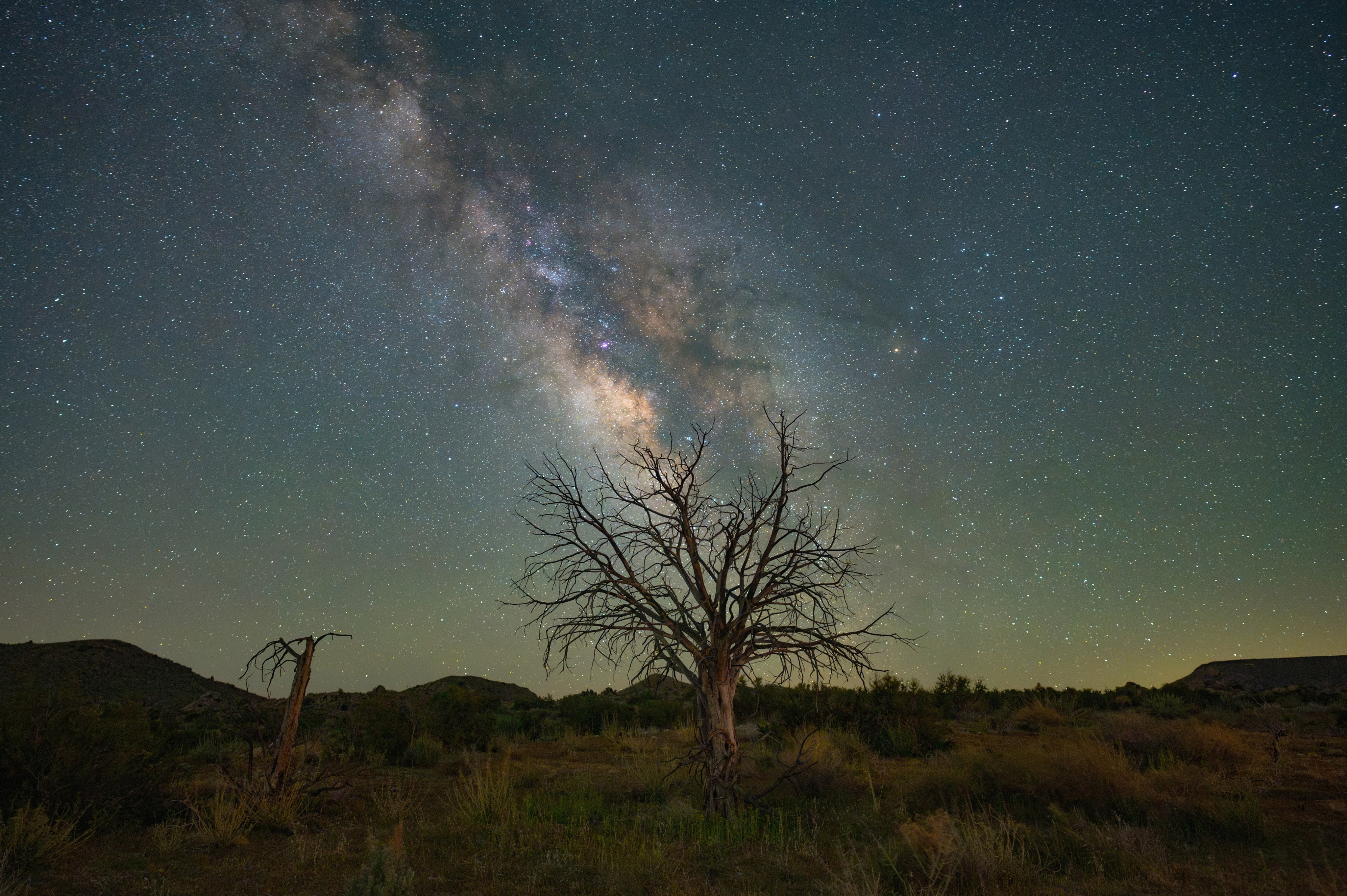
What’s Up: May 2024 Skywatching Tips from NASA
What to look for: Morning Meteors and May Planets See Mars, Saturn, and Mercury in the May morning sky. Antares slips behind the Moon for East Coast U.S. skywatchers. And the eta Aquariid meteors peak May 6th. Transcript What’s Up…
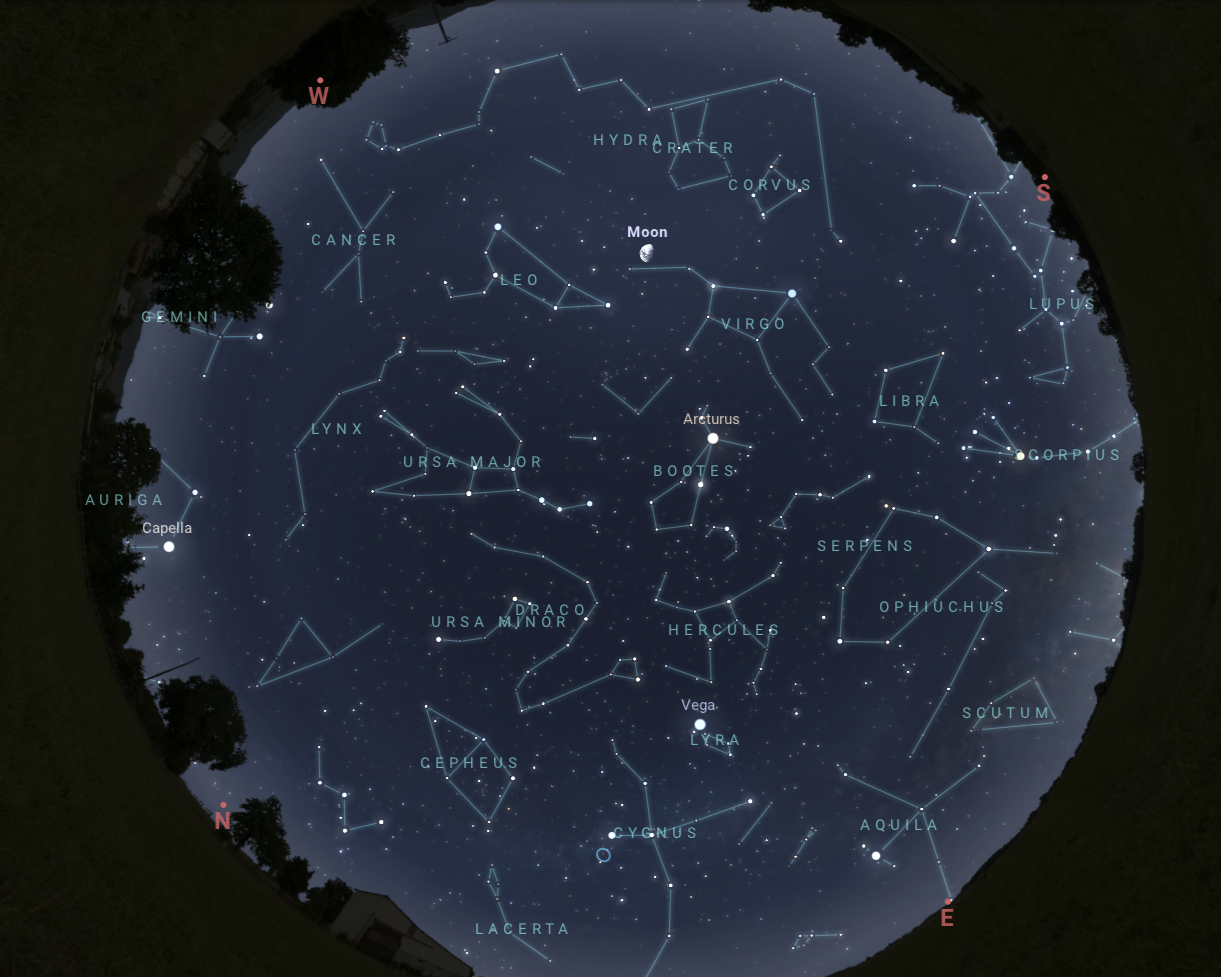
May’s Night Sky Notes: Stargazing for Beginners
Were you inspired by the solar eclipse to become an amateur astronomer? If so, here are some high-level tips on how to get started, from Night Sky Notes!
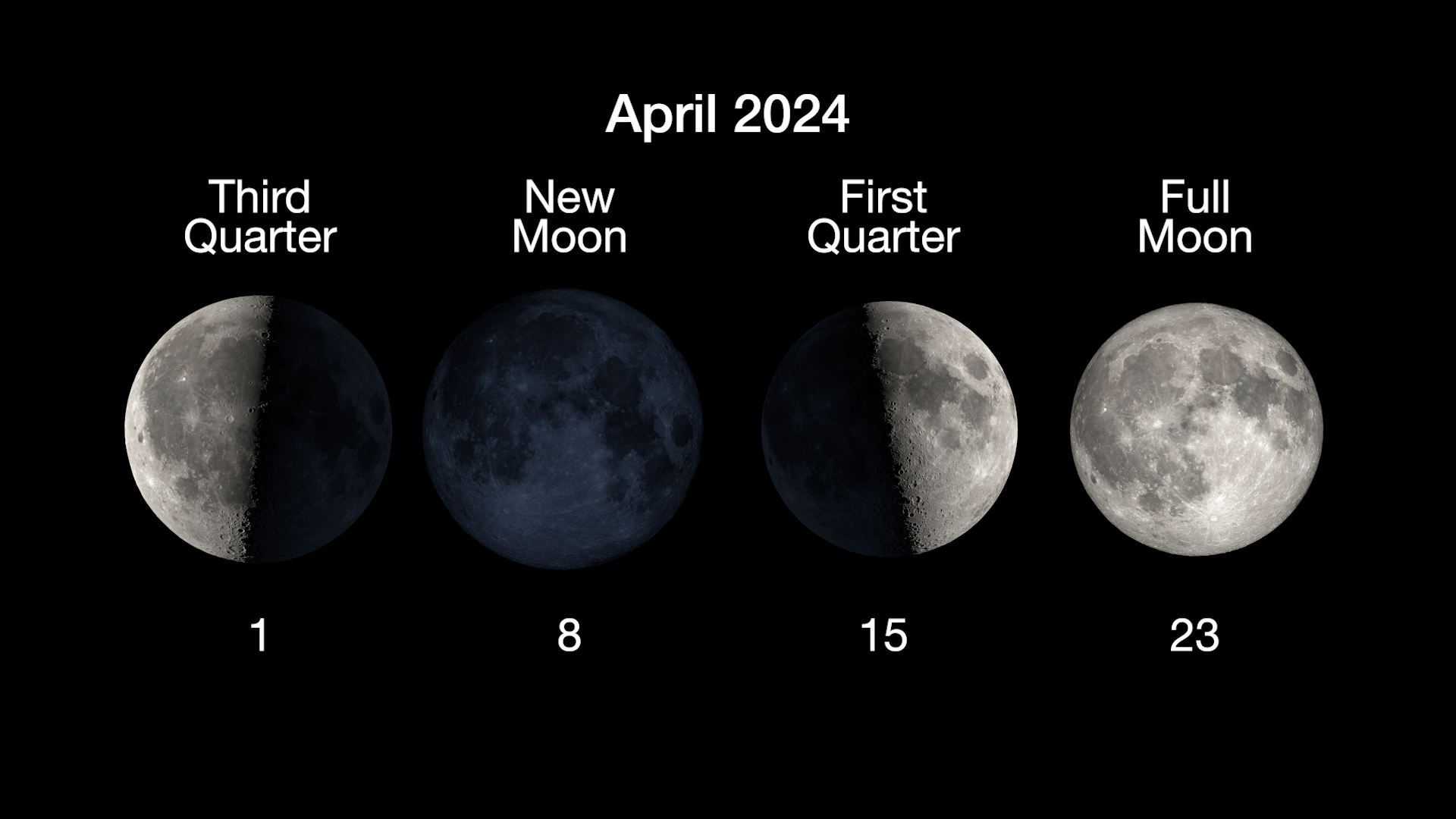
The next full Moon is the Pink Moon, Sprouting Grass Moon, Egg Moon, Fish Moon, the Pesach or Passover Moon
The next full Moon will be Tuesday evening, April 23, 2024, The Moon will appear full for about 3 days around this time, from Monday morning to Thursday morning.
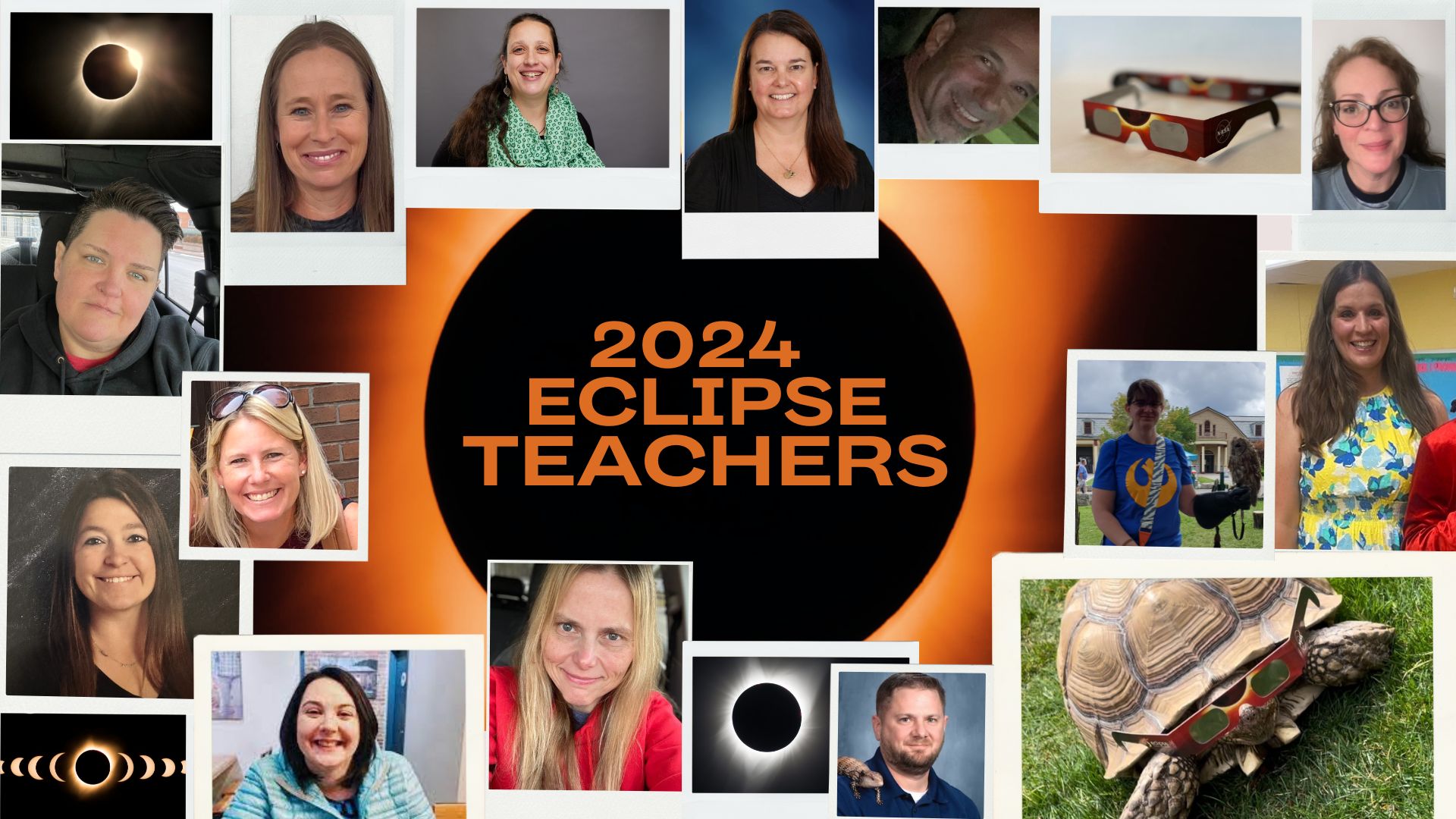
Infiniscope and Eclipse Soundscapes Collaboration Reaches 1,766 Middle School Students
Arizona State University’s (ASU) Center for Education Through Exploration, in collaboration with Eclipse Soundscapes, a NASA Citizen Science initiative based at Advanced Research in Inclusion & STEAM Accessibility (ARISA) Lab, came together to empower a cohort of enthusiastic science educators…

NASA’s LRO Observes 2024 Solar Eclipse Shadow
Editor’s Note, April 16, 2024: This story has been updated to remove an unclear secondary image and caption. As the Moon blotted out the Sun to viewers across the United States during the April 8 solar eclipse, NASA’s Lunar Reconnaissance…
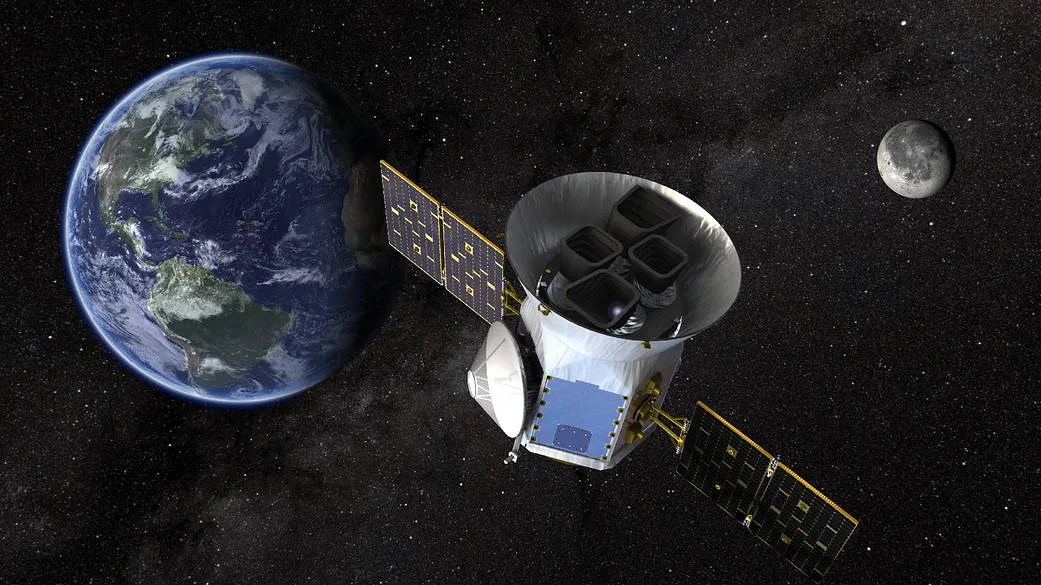
Citizen Science Resources
We continue Citizen Science Month with these ongoing NASA projects! Remember: everybody can participate in science – not just professional scientists. Although it is referred to as citizen science, people from around the globe can participate. In fact, many valuable…
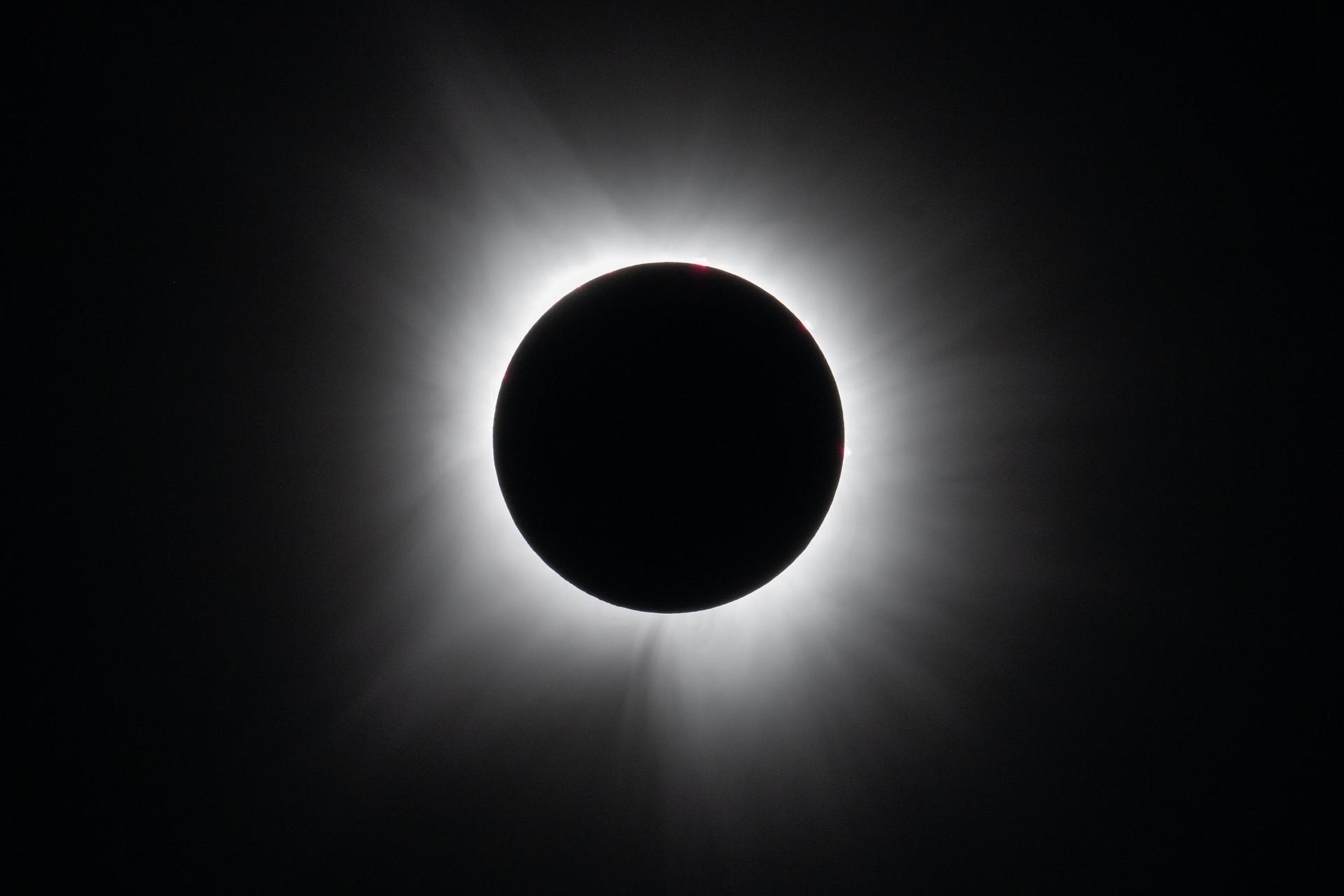
The April 8 Total Solar Eclipse: Through the Eyes of NASA
On April 8, 2024, the Moon’s shadow swept across North America, treating millions to a breathtaking view of a total solar eclipse. As the Moon passed in front of the Sun, it revealed the Sun’s wispy white outer atmosphere —…
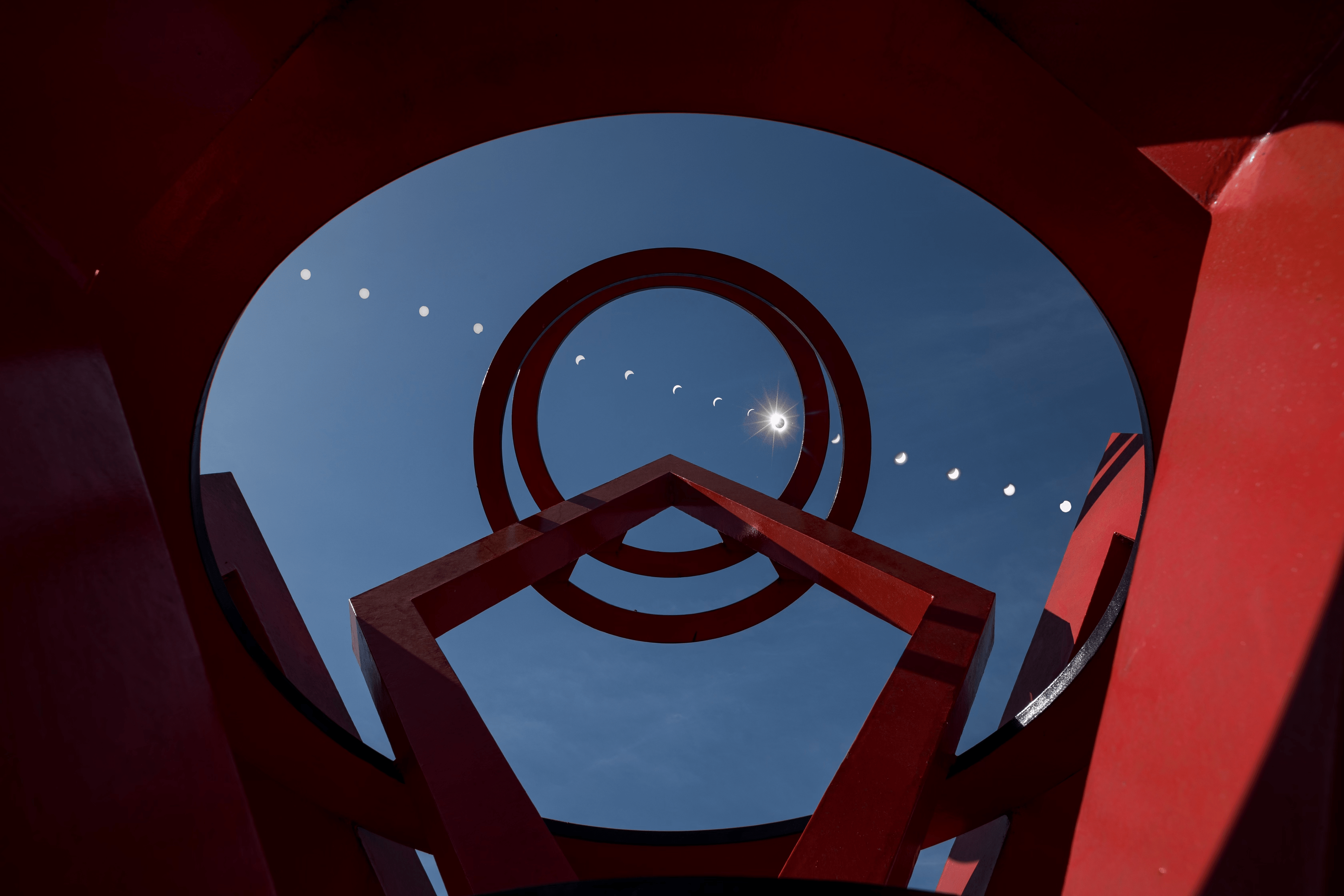
More Than 36,000 Volunteers Helped Do NASA Eclipse Science
Thank you for helping us out! Over 36,000 people helped do NASA Science during Monday’s total solar eclipse. Together, these volunteers submitted more than 60,000 vital pieces of eclipse data to NASA science projects. More than 30,000 volunteers with the SunSketcher project…
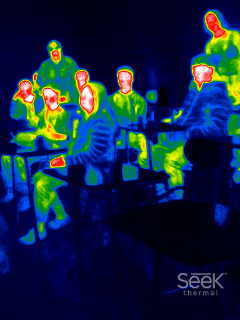
NASA SCoPE Supports Science Activation Projects and Events for 2024 Eclipse
The NASA SCoPE (Science Mission Directorate Community of Practice for Education) project aims to facilitate connections between NASA science subject matter experts (SMEs) and educational outreach opportunities aligned with the goals of NASA Science Activation (SciAct) teams. With the 2024…
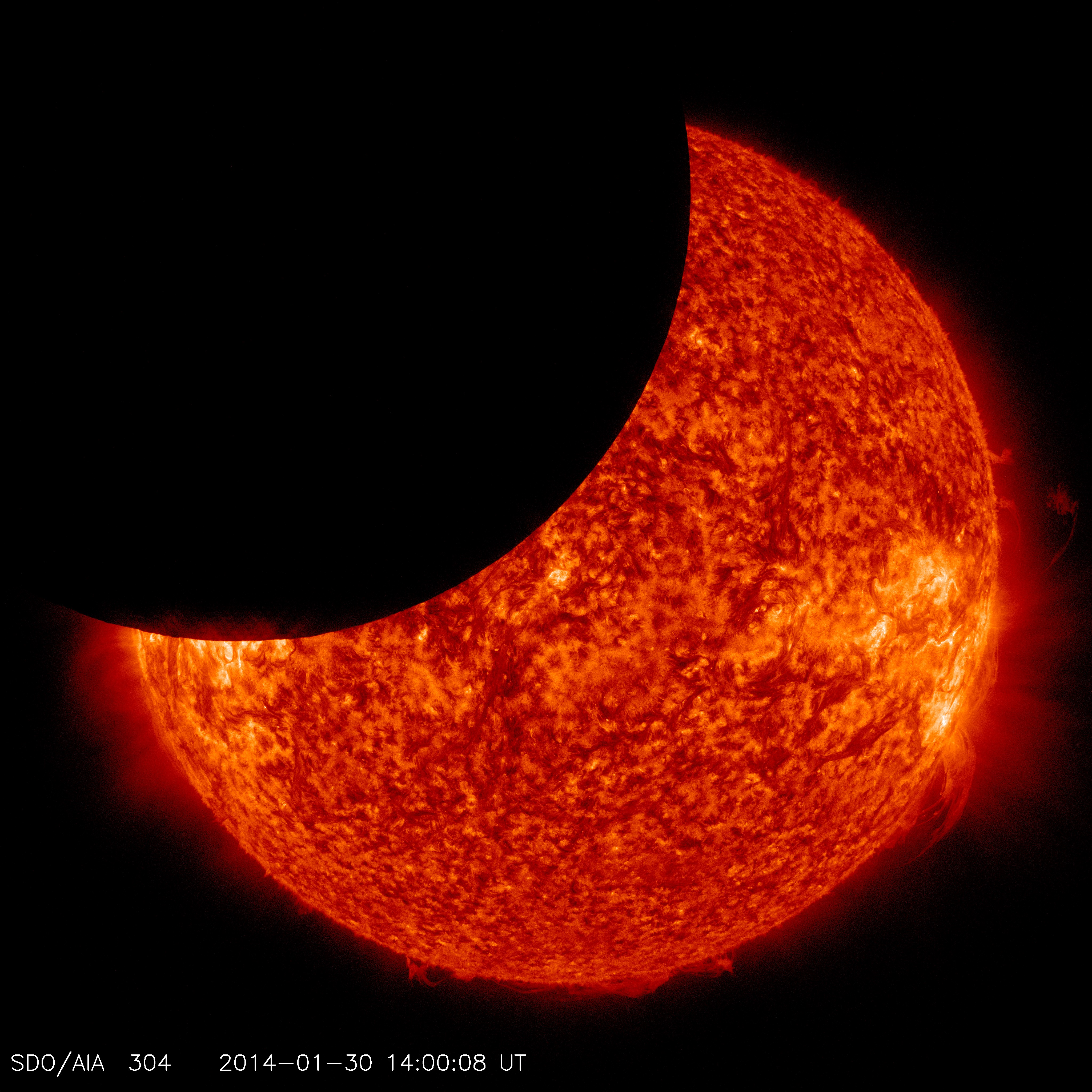
Harnessing the 2024 Eclipse for Ionospheric Discovery with HamSCI
As the total solar eclipse on April 8, 2024, draws closer, a vibrant community of enthusiastic amateur radio operators, known as “hams,” is gearing up for an exciting project with the Ham Radio Science Citizen Investigation (HamSCI) group. Our goal…




